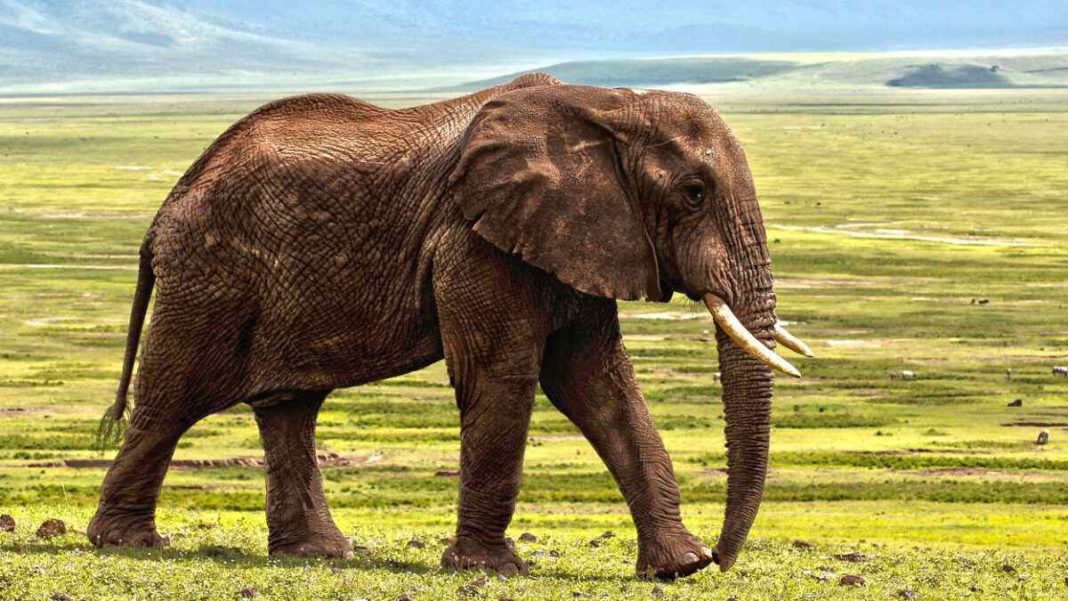UNITED STATES: In a groundbreaking discovery, palaeontologists have uncovered a nearly 6 million-year-old “elephant graveyard” in Florida, shedding new light on prehistoric life. The site, filled with the remains of gomphotheres, an extinct ancestor of modern-day elephants, has unveiled the full skeletons of at least one adult and seven infant gomphotheres.
Led by Jonathan Bloch, a curator of vertebrate palaeontology at the Florida Museum of Natural History, the team of scientists made the remarkable finding that not only were the bones significantly larger than any previously discovered, but they were also perfectly preserved in their original positions. This suggests that the gomphotheres may have laid down and died on the spot.
The excavation efforts began in 2022 when a volunteer stumbled upon a large gomphothere bone at the Gainesville site in Florida. Previous excavations in the area had already yielded promising results, making this discovery even more significant.
The volunteer, Dean Warner, described his excitement as he continued to unearth toe and ankle bones, eventually revealing the ulna and radius bones, which allowed for meticulous documentation of each bone in the skeleton.
In addition to seeing what an adult gomphothere would have looked like, Bloch said, “This gave us a chance to very carefully document each and every bone in its skeleton. If you’re trying to understand the anatomy of these animals and something about their biology and evolution, that’s intriguing from a scientific perspective.”
While the gomphothere bodies were found in close proximity, the researchers believe they died at different times, potentially hundreds of years apart. The adult gomphothere is thought to have met its demise by drowning at the site, while the infants likely died elsewhere and were transported to the area by water.
Gomphotheres are an extinct group of proboscideans that roamed the Earth millions of years ago. It is important to note that these gomphotheres are distinct from the endangered forest elephant species (Loxodonta africana cyclotis). Nonetheless, the Florida findings provide valuable scientific information about the anatomy and behaviour of these ancient creatures, offering a glimpse into the distant past.
The discovery of this ancient “elephant graveyard” opens up a world of possibilities for researchers, allowing them to unravel the mysteries surrounding prehistoric life in Florida. The findings will undoubtedly contribute to our understanding of the evolution of elephants and other related species, as well as the environmental conditions that prevailed millions of years ago.
As the excavation continues, scientists are eagerly analyzing the gomphothere remains to gain further insights into their biology, behaviour, and interactions with their environment. The discoveries made in Florida are a testament to the immense value of paleontological research, providing us with a window into the distant past and enriching our knowledge of the natural world.
Also Read: Plastic-digesting Microbes Found to Function at Low Temperatures



